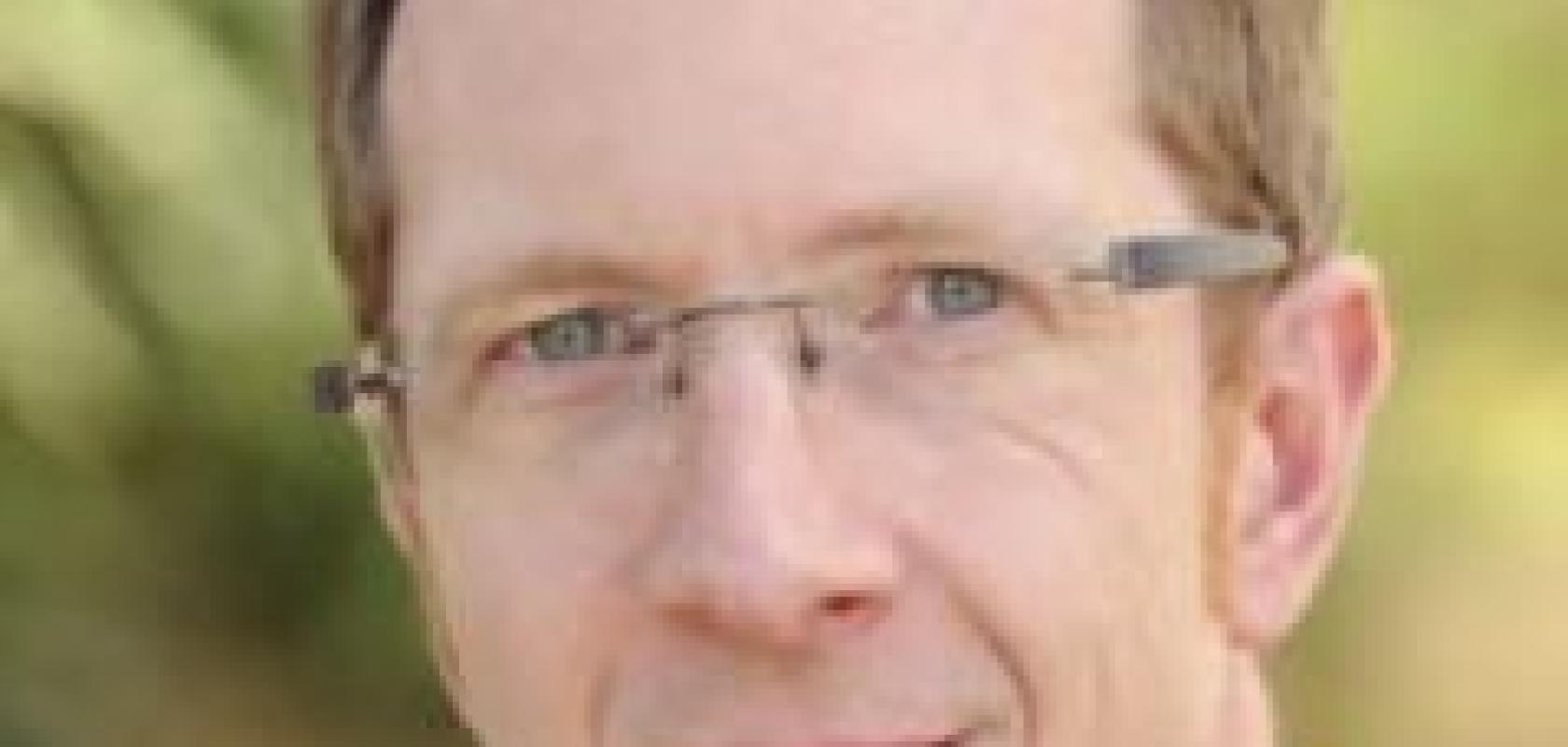How did you come to be part of the imaging/machine vision industry?
I studied physics at Imperial College London. I have been in the photonics industry since then, dealing with both laser systems and components. When Coherent, a leading manufacturer of laser systems, decided to invest in machine vision in 2010, it opened new opportunities for me. Machine vision is a fast growing industry that is key to modern production. It was very challenging for me since I was new to this field, but I found great support from the community, and learnt a lot from customers and users. Since then I have also become a member of EMVA executive committee.
How do you convince customers that they need machine vision?
When it comes to machine vision, Coherent is a component manufacturer and doesn’t interact directly with end users. As a provider of structured light laser sources, we work closely with system integrators.
Coherent is a customer-focused organisation. The camera and laser are equal partners in the accuracy, stability and repeatability of the measurements. The laser source should produce very high power density, very thin measurement cross sections with a uniform return that does not mask the profile of the object. The availability of lasers that generate structured lines is as broad as it has ever been, but the technology of these lasers has stayed the same for many years now, not giving the user the ability to leverage this portion of the system beyond its current technology. We naturally consider the cost of a product, while what should matter most is the cost of ownership.
The accuracy and repeatability of Coherent’s laser lines generate consistency in the system that allows better sensor-to-senor accuracy. For the end user, it significantly reduces integration time and the need for specific calibrations. The StingRay new optical system delivers more than 95 per cent of the laser power into the measurement line. It dramatically improves the signal-to-noise ratio, creates a better use of power and better control of safety classifications.
What role does Europe have in the development of machine vision?
Europe is certainly playing an important role in the development of machine vision. As a matter of fact, European manufacturers are continuously looking for new solutions to improve production quality and efficiency. They also show a higher acceptance level for new technologies. As a result, Europe has been at the forefront of the technology for many years. Many high-tech manufacturers have embraced automated optical inspection from the very beginning. The work done by local associations to raise the awareness of the technology among end users also played a significant part in the success of the machine vision sector.
Despite the current situation of the Euro zone, Europe remains a key economical region, not only relying on internal demand, but also exporting to China, the US and South America.
What do you see as the major growth sectors?
In the manufacturing sector, 3D inspection is the area where we see a strong growth potential. It goes beyond the traditional 3D measurement and requires the development of more advance laser solutions. There are also opportunities in the non-manufacturing market sector such as bio-instrumentation, where Coherent is already playing an important role. Further growth would also be generated once machine vision is not seen only as a quality inspection tool, but as being part of the entire manufacturing process, as a tool to improve quality and efficiency along the entire process.
What do you see as the most important technological challenges facing the industry?
Beside the continuous improvements and developments of new products, which are driven by the market, I think that standardisation remains a challenge our industry should embrace. In that respect, there is a huge effort by local organisations such as AIA in North America, JAI in Japan and EMVA in Europe on camera and communication standards. The same should apply to any other machine vision component.
What do you see as being the most significant commercial change in the industry during the years ahead?
In Europe, the market remains diluted; the average company size is below 40 people. This tends to indicate that the market is not mature yet. End users are or will be looking for global suppliers; as a result, I would expect some consolidation. As we know, the acceptance level for machine vision is high, and by reaching a critical mass companies will be in a stronger position to close deals with global players. One could even think of gaining access to consumer applications. Recently we have seen some consolidation in the food sorting sector, and I expect more of this.


